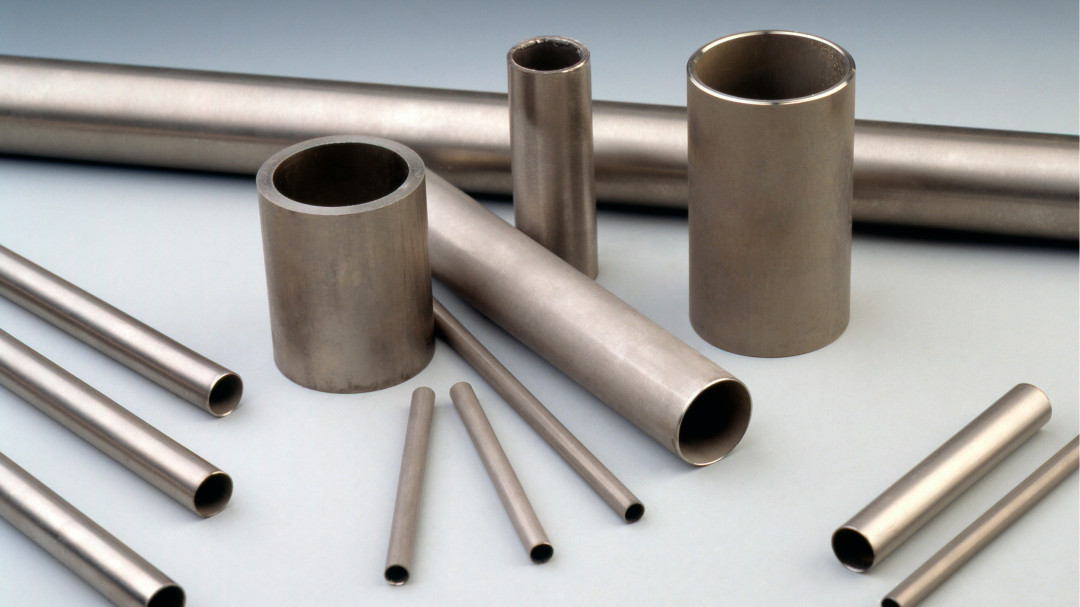
SPP 2489 ‘DaMic - Data-driven alloy and microstructure design of sustainable metallic engineering materials’ is one of the eleven research programmes funded by the DFG.
The German Research Foundation (DFG) is setting up eleven new Priority Programmes (SPP), which are due to start in 2025. 43 initiatives applied for the six-year funding programme. DaMic is one of the funded projects; the DaMic coordinator is Prof Markus Kästner, Chair of Numerical and Experimental Solid Mechanics at TU Dresden.
It is imperative that the metallic materials of the future become more sustainable, as their production and processing currently cause 40 per cent of all industrial greenhouse gas emissions. The extraction of the associated minerals also produces several billion tonnes of by-products every year, some of which are harmful. DaMic aims to lay the essential scientific foundations for this development and contribute to the establishment of a new field of research at the interface of digitalisation and sustainability.
In the form of materials with a reduced number of chemical alloying elements or alloys with a high tolerance to impurities from the use of secondary raw materials, two fundamental options for improving recyclability and sustainability are at the centre of the investigations. In both cases, negative effects of the modified alloy compositions are to be compensated for by a targeted design of the microstructure of the material so that the mechanical properties are comparable with currently available construction materials.
Ten sub-projects are expected to be selected in a competitive process from proposals received throughout Germany for interdisciplinary tandem projects in the fields of mechanics and materials science and bundled in DaMic. The researchers will work together on the development and application of a data-driven approach for cross-scale research and material design. In particular, machine-learning-based design approaches based on digital process-structure-property relationships (PSEB) will be utilised. In the first funding period, the foundations for the prediction and inversion of PSEB for digital material design will be created. The second funding period will then focus on the development of end-to-end, fully automated workflows for the alloy and microstructure design of sustainable metallic construction materials.

